Comedies sell in Nepal. This is evident from the significant presence of comic actors even in ‘serious’ movies. When comedians themselves make a movie, it is a different ball game. The latest release, Chhakka Panja 3, has a potential to attract a diverse group of spectators.
Established comedians Deepak Raj Giri and Deepa Shree Niraula have made sincere efforts to make their audience laugh for around two-and-half hours. Though there are some flaws in the story, which takes up some ‘serious’ issues prevalent in Nepal, the movie is successful in meeting its objective of giving the audience ‘a complete fun package’ during this festive season.
The Real World Of Ironies And Its Exaggerated Mockery
The movie is not only a plain farce but also a satire on multiple ironies of the Nepali society. A government-run secondary school in a semi-developed village in western Nepal is at the centre of the film. The school is an amalgamation of mismatches: the principal is unable to make his staff work, the teachers spend most of the afternoons playing cards or working as land brokers. The school also works as a party venue for aristocrats of the village. Local leaders have made the school management committee a playground where they compete against each other to get hold of the villagers’ votes. A nearby private school, operated by close kin of the leaders, deploys its resources to perpetuate the crisis.
Consequently, the students are at the receiving end. Most of them fail final secondary examinations. Many of them drop out. Those who wish to learn well complain to the authorities, who do not pay any heed, because they are also puppets of corrupt political leaders.

The situation is realistic, but the movie presents them in an exaggerated way. The exaggeration is intentional because it wants the audience to laugh at the situation. Overstatements and understatements are most useful tools to communicate irony, and both the tools are well mobilised by witty dialogues of funny characters. Giri’s screenplay and Niraula’s direction match well to present the mismatches effectively.
Removal Of ‘Sexist’ Stain
When the team released Chhakka Panja 2 around the same season last year, it triggered an interesting debate in Nepali academia and the press. Many critics said the movie is overtly sexist and it objectifies women. Most of the charges were true because the dialogues were disrespectful and insulting; the roles given to women were subordinate and submissive.
The third project of the sequel, however, has been successful in freeing itself from the charge. Rather, it empowers women. In a closer analysis, this is the heroine, not the hero, who moves the story forward. The hero is named Raja, but he cannot rule his empire. His name turns to become a part of the ironic world the movie presents.
The lead actress, obviously, is a change maker and the movie is a celebration of her success. It is most clearly evident at the end when the lead, played by Deepika Prasain, inspires her husband (in 30s or early 40s?), played by Deepak Raj Giri, to return to school so that he can improve his standard of life.

There is another superwoman in the movie. It is Raja’s mom, played by veteran actress Laxmi Giri. Her physical appearance, confidence and dialogue delivery collectively makes her the most dominating character in the movie. Perhaps, she is also the most ideal character, and the film implicitly endorses her ideas.
Light Handling Of Serious Issues
Perhaps, the biggest flaw of the project is the choice of its theme and setting. Politicisation of government schools and a disparity created due to it are chronic problems of the country. Their impacts are immensely dangerous, and only sincere efforts from the political leadership can resolve the problem. The movie has presented these issues as something trivial. Such mishandling may backfire on the movie itself—the movie has become a laughing stock itself in its failure to understand the gravity of the situation.
Further, the story loses its focus, especially in the second half. For example, Bangdel Dai, played by Shishir Bangdel, who represents the opposition group in the village, being mobilised by the people of Kaji, played by Neer Shah, to promote his agenda in the school seems like a forceful addition to lengthen the runtime. This section is neither necessary nor probabilistic. It does not it give any fun to the audience.
The movie also tries to raise its voice about intercaste marriage. But, it is not well articulated.
Other Elements Of The Making
The camerawork is impressive because there is a proper balance between close shots and wide shots. There isn’t any serious problem with the editing.
Dialogues are effectively delivered. They are short and conversational, and clearly articulate the message. The narrative voice of Bangdel, which appears after around every 30 minutes, unifies the movie into the single story. Otherwise, members of the audience are liable to forget the subplots as the movie moves forward. The movie has more than one dozen characters and a number of subplots.
Deepak Raj Giri and Laxmi Giri speak in a regional dialect. It gives an impression of localness. However, other characters do not have similar vocabularies and accents. This is an easily noticeable technical flaw in the movie. Further, a minor character, Kamali, has a completely different accent. Logically, such linguistic diversity is not possible in a village that the movie is set in.
Another error is associated with ethnic diversity in society. Apparently, members of multiple ethnic groups reside in the same village, and the movie effectively presents that. However, a Bahun, who is a priest by profession, having lunch together with Chhetris, Tamangs, Bangdels, and even dalits is not yet a reality in rural Nepal. The movie presents it quite naturally, and it becomes something unnatural for critics.








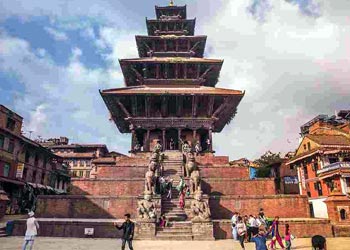 Nepal’s capital and largest city Kathmandu is usually the first stop for all tourists to the country and is also popularly called the
Nepal’s capital and largest city Kathmandu is usually the first stop for all tourists to the country and is also popularly called the 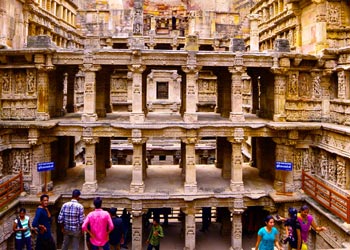 Patan or Lalitpur, meaning ‘the city of beauty’, is one of the three royal cities in Nepal and is famous among tourists for its rich architecture, beautiful courtyards and squares and fantastic wood carvings. Patan had over 1200 unique monuments prior to the disastrous 2015 earthquake that caused a lot of damage to the city.
Patan or Lalitpur, meaning ‘the city of beauty’, is one of the three royal cities in Nepal and is famous among tourists for its rich architecture, beautiful courtyards and squares and fantastic wood carvings. Patan had over 1200 unique monuments prior to the disastrous 2015 earthquake that caused a lot of damage to the city. Bhaktapur, another historical city in the Kathmandu Valley and the third largest in Nepal, is popular as “the city of culture” and “the city of devotees”. The Bhaktapur Durbar Square is another UNESCO World Heritage Site and comprises mesmerizing temples and edifices with exquisite art and architecture.
Bhaktapur, another historical city in the Kathmandu Valley and the third largest in Nepal, is popular as “the city of culture” and “the city of devotees”. The Bhaktapur Durbar Square is another UNESCO World Heritage Site and comprises mesmerizing temples and edifices with exquisite art and architecture.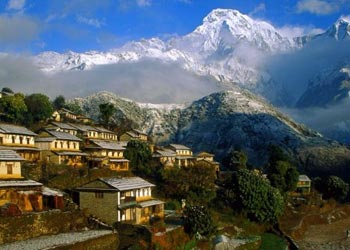 Considered to be the gateway to the Himalayas, the popular city of Pokhara is surrounded by some of the world’s highest mountains including Annapurna I, Dhaulagiri and
Considered to be the gateway to the Himalayas, the popular city of Pokhara is surrounded by some of the world’s highest mountains including Annapurna I, Dhaulagiri and  The birthplace of Lord Gautama Buddha, Lumbini attracts thousands of Buddhist pilgrims and other tourists each year and is known for celebrations on special occasions like the
The birthplace of Lord Gautama Buddha, Lumbini attracts thousands of Buddhist pilgrims and other tourists each year and is known for celebrations on special occasions like the 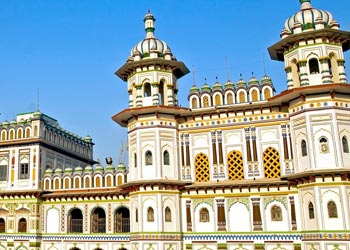 The city of Janakpur, also known as Mithila Nagari, is a bustling tourist destination in the Terai region and is considered to be the birthplace of Lord Rama’s consort Sita.
The city of Janakpur, also known as Mithila Nagari, is a bustling tourist destination in the Terai region and is considered to be the birthplace of Lord Rama’s consort Sita.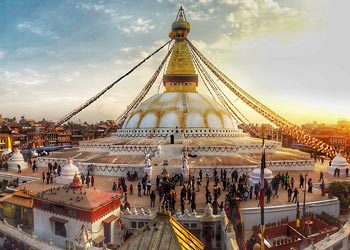 The Boudhanath Stupa is one of the world’s largest Buddhist monuments and is the most important shrine in the Kathmandu Valley. The spherical stupa houses the remains of Kassapa Buddha.
The Boudhanath Stupa is one of the world’s largest Buddhist monuments and is the most important shrine in the Kathmandu Valley. The spherical stupa houses the remains of Kassapa Buddha.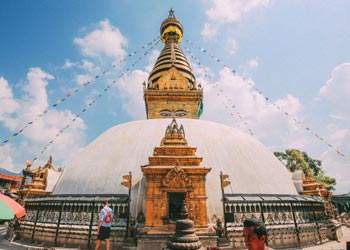 Swayambhunath Stupa, also known as the Monkey Temple, is one of the most ancient and culturally significant shrines in the Kathmandu Valley and has been designed as a UNESCO World Heritage site.
Swayambhunath Stupa, also known as the Monkey Temple, is one of the most ancient and culturally significant shrines in the Kathmandu Valley and has been designed as a UNESCO World Heritage site.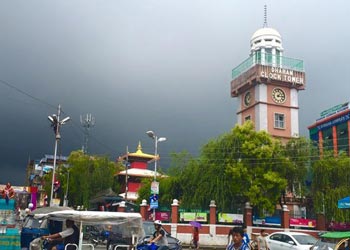 The beautiful city of
The beautiful city of 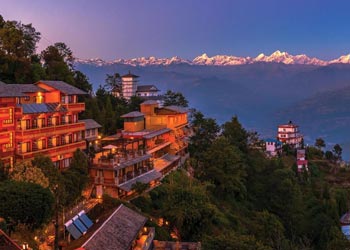 The picturesque hill station of
The picturesque hill station of 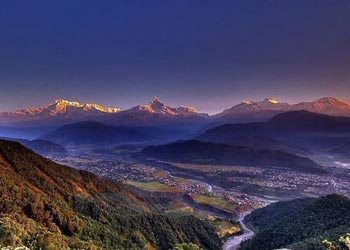 Sarangkot is a popular tourist spot near Pokhara and offers a spectacular view of the Annapurna range. Almost all tourists to Pokhara stop at Sarangkot for a night just to glimpse the magnificent sunrise over the mountains.
Sarangkot is a popular tourist spot near Pokhara and offers a spectacular view of the Annapurna range. Almost all tourists to Pokhara stop at Sarangkot for a night just to glimpse the magnificent sunrise over the mountains.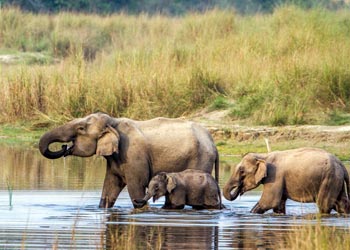 Nepal’s first national park, Chitwan is spread across an area of 932 square kilometers in the Terai region and is home to a large and diverse variety of
Nepal’s first national park, Chitwan is spread across an area of 932 square kilometers in the Terai region and is home to a large and diverse variety of 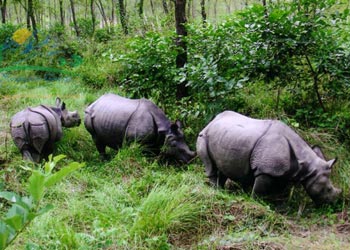 Situated on the eastern side of the Chitwan National Park, Parsa Wildlife Reserve is the largest wildlife reserve in Nepal and is home to large hordes of tigers, leopards, wild elephants, rhinos, sloth bears, cobras and pythons, among others.
Situated on the eastern side of the Chitwan National Park, Parsa Wildlife Reserve is the largest wildlife reserve in Nepal and is home to large hordes of tigers, leopards, wild elephants, rhinos, sloth bears, cobras and pythons, among others.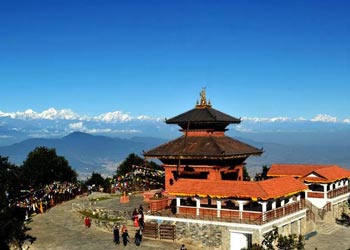 Chandragiri Hill, a major tourist destination in the outskirts of the Kathmandu Valley, provides panoramic views of several Himalayan mountain ranges from Annapurna in the west to
Chandragiri Hill, a major tourist destination in the outskirts of the Kathmandu Valley, provides panoramic views of several Himalayan mountain ranges from Annapurna in the west to 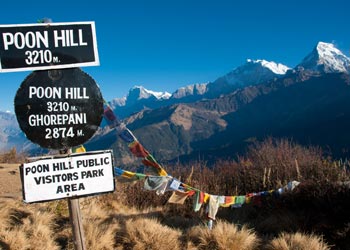 A popular destination for trekkers in the Annapurna region, Poon Hill is widely acclaimed as the Photographer’s Paradise and offers one of Nepal’s most famous viewpoints.
A popular destination for trekkers in the Annapurna region, Poon Hill is widely acclaimed as the Photographer’s Paradise and offers one of Nepal’s most famous viewpoints. A region with rich Tibetan Buddhist culture,
A region with rich Tibetan Buddhist culture,  Daman is one of the most beautiful tourist destinations in central Nepal and offers the only unimpeded view of the entire 400-kilometer Himalayan panorama from Dhaulagiri to Mount Everest.
Daman is one of the most beautiful tourist destinations in central Nepal and offers the only unimpeded view of the entire 400-kilometer Himalayan panorama from Dhaulagiri to Mount Everest.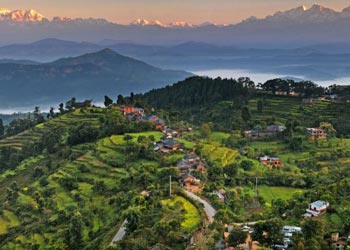 Bandipur, one of Nepal’s most charming towns, is a prominent symbol of the old Newari culture with attractive 18th-century European style architecture.
Bandipur, one of Nepal’s most charming towns, is a prominent symbol of the old Newari culture with attractive 18th-century European style architecture.














